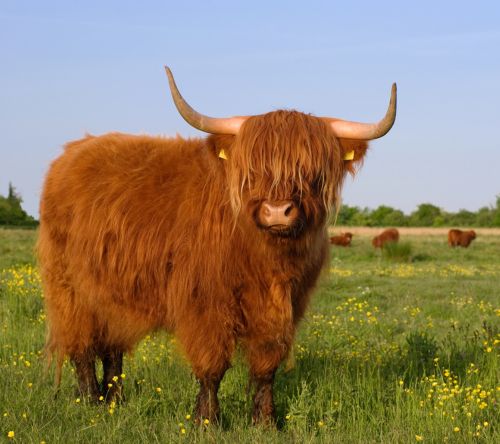At our February Grower Information Series event, Stacey Goldring of Virbac Animal Health and Dr Stephan Laing of Bong Bong Veterinary Clinic shared their insights about how best to manage the important animal health issues that impact our local production systems.
We know you’re busy, so we’ve taken four insights and shared them below in a quick event catch up.
RESISTANCE IS REAL
Many single active cattle drenches are declining in effectiveness. Drench resistance in cattle significantly changes how we manage parasites. The keys to managing resistance on your farm Include:
- Understand which drench group you’re using and what drench group you’re going to rotate to for your next treatment.
- Use dual and triple active drenches. They are the new standard to ensure effective control of all key worm species.
- Quarantine drench using a dual or triple active drench to ensure you are not importing resistance worms onto your farm.
PREPARE YOUR BULLS FOR JOINING
Preparing bulls for joining is an often-overlooked aspect of breeding management. Ideally conducted eight weeks prior to joining the primary elements are:
- Book a veterinary bull breeding soundness examination (VBSSE) with your local veterinarian that includes sperm morphology testing.
- Drench for worms and fluke.
- Vaccinate for 7 in 1, Vibrovax and Pestigard.
- Don’t forget mineral supplementation (Multimin Evolution).
PESTIVIRUS (BOVINE VIRAL DIARRHEA VIRUS)
Pestivirus Is a complex and costly disease that directly impacts reproduction and indirectly exacerbates respiratory disease, scours and pinkeye.
It’s estimated that about 70% of herds are actively infected with the virus. The most important steps to managing Pestivirus on your farm Include:
- Understand that diagnosis of pestivirus will require veterinary assistance. Clinical signs of pestivirus can vary depending on the strain of virus and time of infection.
- Consider vaccination with Pestigard. Vaccinating the herd can prevent the spread of the virus and reduce the severity of symptoms in infected animals.
PINKEYE
Pinkeye is a highly contagious infection affecting the eye. It is caused by bacteria, with Moraxella bovis being the most common culprit. Here are several strategies for managing pinkeye in cattle:
- Pinkeye Is a serious and debilitating disease. Veterinary assistance Is advised to develop a control program.
- Consider vaccinating cattle against the causative agents of pinkeye. While vaccines may not prevent all cases, they can reduce the severity and incidence of the disease.
- Fly control: since flies can transmit the bacteria from one animal to another, controlling fly populations with Coopers Easy Dose helps reduce spread.





